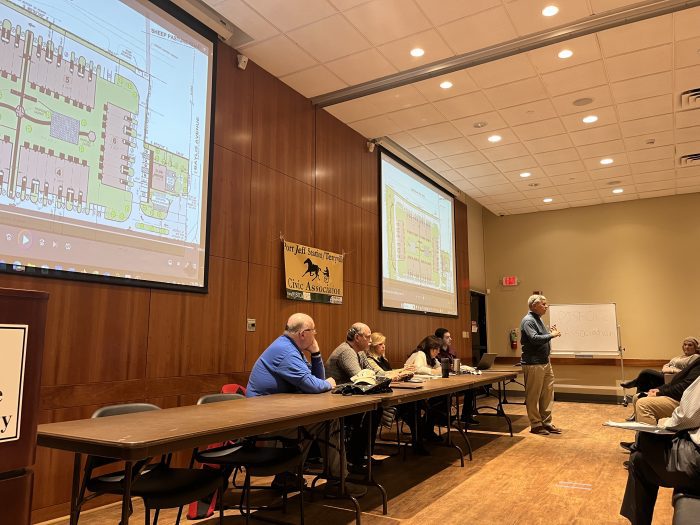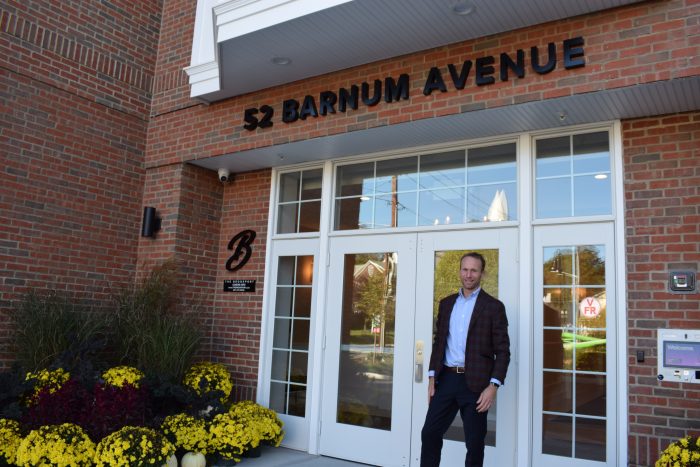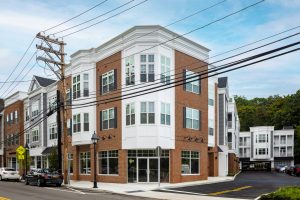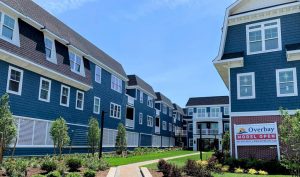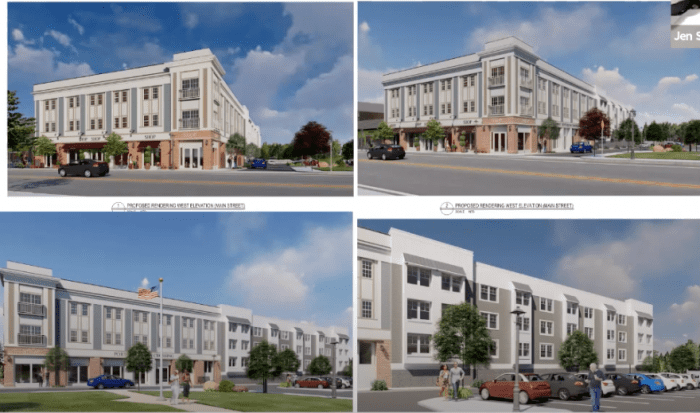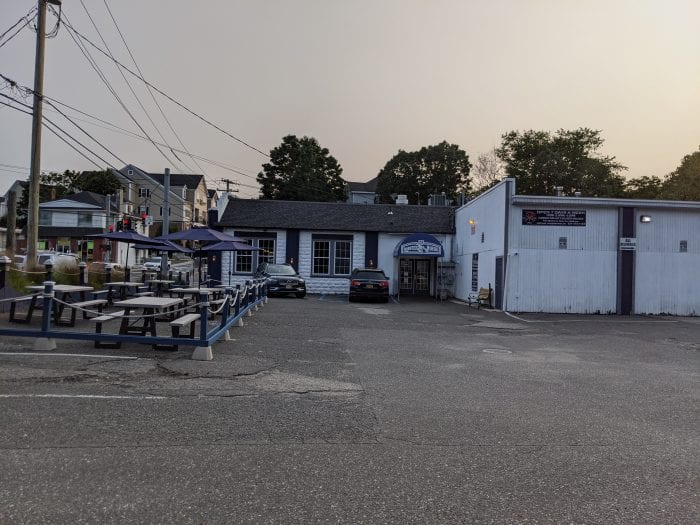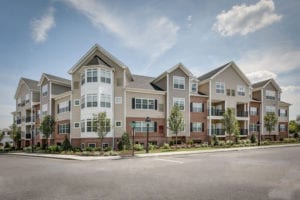By Samantha Rutt
The recent Port Jefferson Station/Terryville Civic Association meeting saw presentations from developer group North Wind, the Suffolk County Police Department COPE report and a presentation regarding substance abuse from Kym Laube, HUGS Inc. executive director.
The Feb. 27 meeting began with reports from the board regarding the upcoming board elections. Two of the current members, Charlie McAteer and Sheila Granito, will be termed-out come March. The civic is seeking reelection for all positions and has no current candidates for the recording secretary position.
Only members in good standing may cast a vote for board elections. Those who have paid dues and attended at least three meetings from March 2023 to March 2024 remain in good standing.
Some notable community figures were in attendance: Port Jefferson Deputy Mayor Rebecca Kassay and Skyler Johnson, both Assembly District 4 Democratic candidates; Council District 1 Chief Legislative Aide Amani Hosein and Suffolk County Legislator Steve Englebright (D-Setauket).
The meeting carried on with reports from members of the South County Police Department offering insights from the COPE report from Jan. 23 to Feb. 27. Officer John Efstathiou mentioned for the Port Jefferson Station area overdoses have decreased from this time last year from 4 to 2. Additionally, motor vehicle incidents saw an increase from 43 to 60 over the last year – for the same January to February time period. The officer also mentioned a slight increase from last year of criminal incidences, raising to 63 from last year’s 59.
“In my opinion, and it’s just my opinion, it’s a safe area, absolutely,” Efstathiou said.
The meeting continued with a presentation from developer Jim Tsunis of North Wind — the organization responsible for the construction of developments like Port Jefferson’s Overbay and Setauket Meadows.
Tsunis showed a 10-minute video where he shared his background and connection with the Port Jefferson Station community sharing that his father was a businessman who made an impact on his PJS community.
The video also touched on the proposed 5.6-acre Baylis Avenue development property to become Brook Meadows. The proposed development sits along Sheep Pasture Road and Baylis Avenue, and neighbors a current apartment complex and existing railroad tracks.
The presentation also included testimony from four residents about the soon-to-be Brook Meadows site in support of the development — most reasoning with the residential zoning the development would provide over the existing industrial zoning.
Following the video, Tsunis addressed the civic association and their questions.
Many concerns were raised for the proposed density of the site at 56 units. Civic members asked Tsunis questions about the use of the property, suggesting it could be used for single-family homes instead. Fear of increased density was also raised by Englebright in his statement to Tsunis.
Englebright shared his experience growing up and around the Island saying that he has experienced the loss of suburbia and does not want that to continue.
“We’re getting into the realm of causing me to wonder whether we’re going to lose a suburban lifestyle over time,” Englebright said. “A density that is urban is being proposed repeatedly. I just want to commend the possibility of a cumulative environmental impact statement. I think that makes a lot of sense — piecemealing what happened to Bayside — there’s nothing left of what I was familiar with when I grew up.”
Additional concerns arouse touching on added traffic from the development, with feedback from other civic attendees supporting the single-car traffic from the residential zoning over the potential industrial-zoned traffic.
Tsunis defended his group’s proposal, mentioning the increase of affordable housing units to the original plan, suggesting a monthly rental price point of around $2,100 for a two-bedroom apartment offered by Brook Meadows. Tsunis also noted an addition to the buffer from the road surrounding the development, a concern raised at previous civic gatherings.
Many civic attendees commented on the presentation and civic president Ira Costell welcomed Tsunis back to continue the conversation as both organizations seek a compromise.
Following the North Wind presentation, Laube from HUGS Inc. shared a PowerPoint presentation, addressing addiction, substance abuse and sharing several statistics relating to these issues.
Laube spoke to the increased ability to purchase substances like cannabis and alcohol as dispensaries are opening and, unlike the past, alcohol sold in various locations rather than solely at liquor stores.
The HUGS representative’s presentation included anecdotes from her lived experiences eliciting many reactions from the audience, offering moments of amusement and response to points made. Laube urged the audience to look at each situation a little differently, to seek the truth and to get involved.
The next civic meeting will take place March 26 at the Comsewogue Public Library. For more information regarding the Port Jefferson Station/Terryville Civic Association visit its website at www.pjstca.org.

